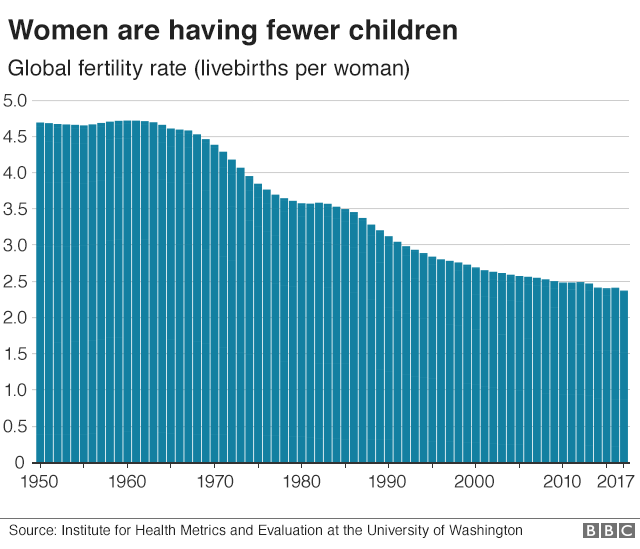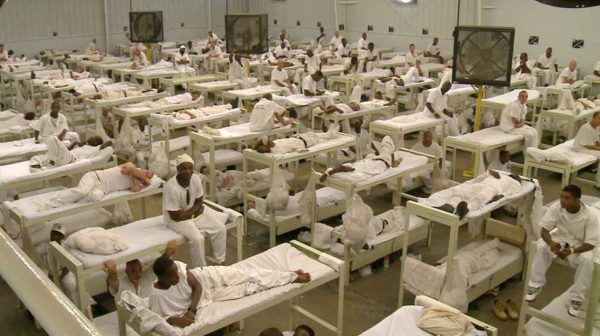Birth rates decline around the world
The decline of fertility worldwide
In a 1950s household, the average family would have seven seats around the dinner table, two for the parents and five for the kids. Now, the average family has less than three children per household. Overpopulation is so emphasized that the critical decline of birth rates and fertility has gone by unnoticed. The issue of fertility rates and birth rates are separate, birth rates are the total number of births in a year per 1,000 individuals, while fertility rates are the total number of births in a year per 1,000 reproductive aged women. Fertility rates have fallen up to 50% globally in the last 70 years.
The contributing factors to this are women’s empowerment in education and the workforce, lower child mortality and the increased cost of raising children. Women today are far more encouraged and empowered to pursue a life of work and higher education (especially in First World countries) . Research has shown a direct correlation between the number of children that women have and the number of years they attend school. For instance in Iran during the 1950s, the average woman had three years of schooling and seven children, but in 2010, Iranian women tended to have nine years of schooling and an average of 1.8 children. Especially amidst pandemics and diseases, many women do not want to subject a potential child to the harsh conditions of our present day world. The lowering of child mortality rates in the 20th century also dissuaded potential mothers from having children, as there was a much higher chance that their offspring would avoid death during infancy, and so the families would have a stable number of children. The other key reason for fertility rates dropping is due to the increased cost of raising children. The cost of raising children has drastically increased, a large chunk of that coming from the cost of education. Another large chunk of cost put on parents is the cost for food. And as groceries are targeted via inflation, this results in parents paying more and more money each year to raise a child. Data shows that to raise a child from birth to 17 years old costs a minimum of $300,000. Finally, another reason for fertility rates dropping is, as technology advances, the ability to avoid pregnancy has increased and become more accessible to all ages of women, naturally leading to decreases in child births per year due to the multitude of other reasons already explained.
This brings us to the economic and political effects of the decline. First, the economic effect that these lower rates have is that in the future our society will have less workers, and less consumers. This is not good for the economy in general and throws off the balance of our workforce, and this will further increase the dependency ratio- as less children are born there will be less of a workforce in years to come and more elder and retired people. This will affect not only the economy but society as a whole. Politicians have faced the birth and fertility rate issue head on and there is much discussion about which mandates and policies will aid the reversal of low fertility. Some politicians suggest greater support of parental leave at the birth of children, providing quality and affordable child care including after-school care, and recognizing child costs in the tax system. The hope of politicians around the world is that small steps and mandates will encourage citizens to have more children.
In Europe, social norms have changed and it is not frowned upon for a woman to never have children. In the early 1900s a woman’s sole purpose was to have children, and as the times changed the rates changed. In China, the cost of having children dissuades many from having more than one. Although the government allows couples to have up to three children, not many do so.
This is not to say that the decrease in birth and fertility rates is only a negative thing, it actually has positive impacts. As birth and fertility rates decrease, so does the population. Over time, this will hopefully mean that we will have a smaller homeless and hungry population, and we will be able to better care for the smaller amount of people we have on this Earth. A smaller population could also mean a slower rate of global warming and pollution as there are less humans to contribute. Suffice to say, birth and fertility rates are something every human should be aware of and our society as a whole should work towards maintaining steady, not having drastic increases or decreases as times go on, while our government should spread awareness and provide policies to encourage people to have children by alleviating some of the hardships.











